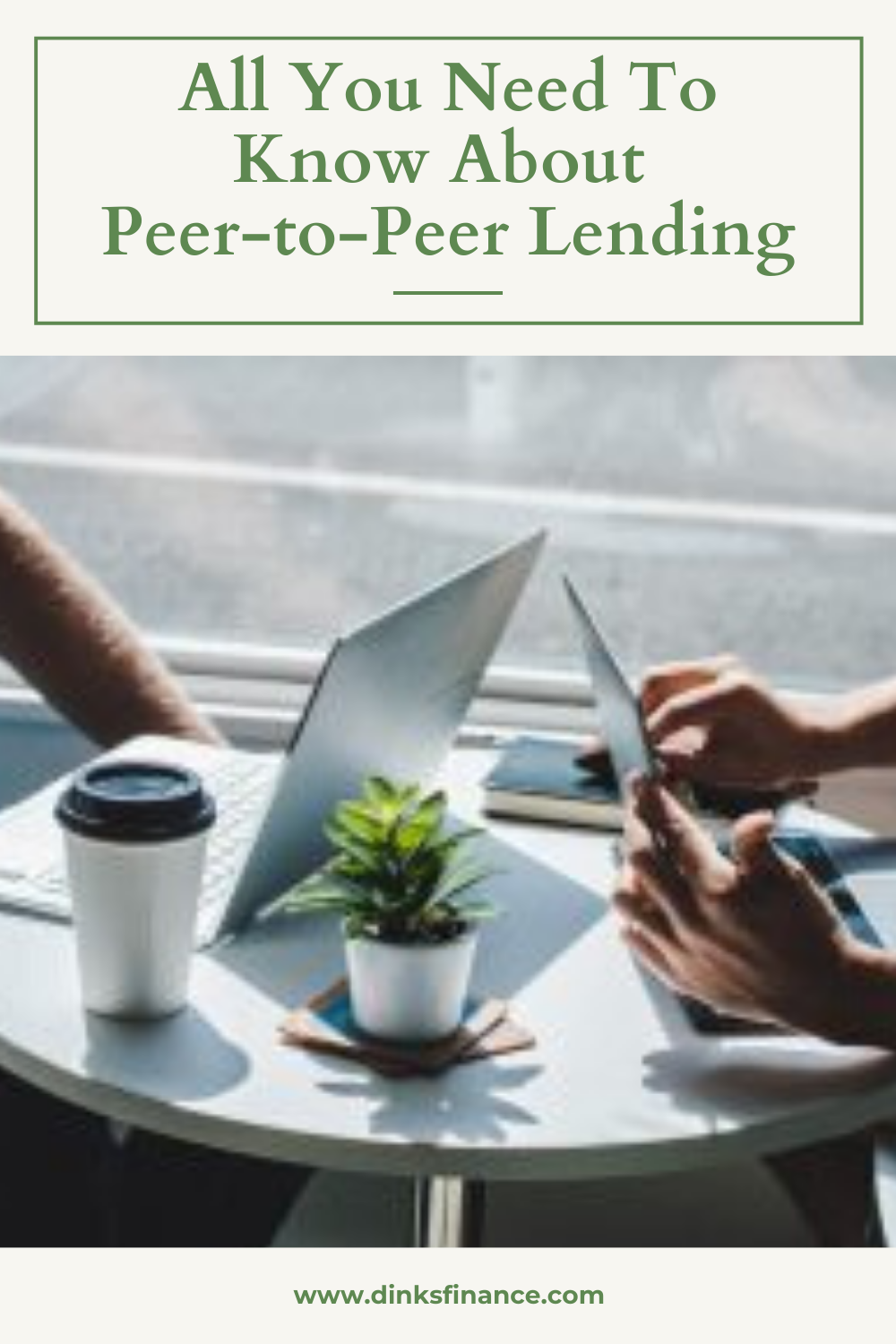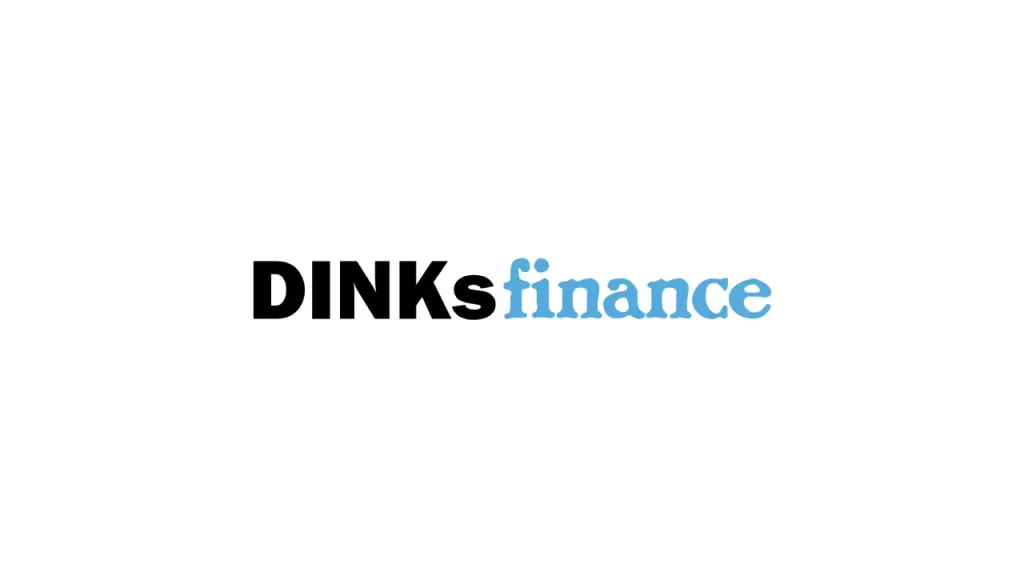
Peer to peer lending (P2P) has become a way to earn a nice return on your penny and is now not only available to the millionaires and billionaires of the world. Investing in debt has never been so easy, with websites that allow you to do just that. In this article, we will cover all the ins and outs of P2P lending.
What Is P2P Lending?
P2P lending is also known as “social lending”. This is due to the fact that you are lending money to those in your social circle or on a social type platform (not not necessarily Facebook). P2P lending brings two people together to participate in both sides of the same transaction. One person is the borrower and one person is the lender.
How To Invest
P2P lending is most commonly done through websites. Some of the most popular ones include: Lending Club, Prosper and SoFi. To be allowed to invest on one of these websites you have to meet their requirements. In some cases you might have to be an accredited investor, or meet state requirements.They money you use to invest can be from your bank account or alternatively you could use a retirement account, such as an IRA.
What a lot of investors are beginning to do is invest in an array of notes on these websites, so they are diversified across different loans.
The nature of P2P lending is that since you are investing in a note, it is self-amortizing, which means that the balance that the borrower owes you will move closer to zero with each payment. You receive higher payments at the beginning of the loan because the borrower is paying you principal and interest.
Since this is a relatively new type of investing, analysts like to note that there is not history of its performance during a recession. Also, most financial advisors like to make sure clients know that they shouldn’t be investing more than 10% of their net worth in P2P lending. If you live outside of the United States, P2P platforms like Lending Club, Prosper, etc. are not available to you due to financial regulations. Instead, you can compare P2P lending platforms here.
Why Invest In This?
A investor would want to lend money through P2P lending because they would get a higher return than the money just sitting in their bank account. In most cases, you can see a range of different expected returns from 5% all the way up to 19%. However, the higher the return usually means the higher the risk. So if you are looking at P2P investing and they are expecting a higher return on the project, that usually means the borrower has a greater risk of default (not paying you back). This is why it is important to research your investment and even the site you are investing through. Make sure there is some sort of collateral so you are not completely screwed.
Why Borrow This Way?
A borrower wants to use this method for obtaining a loan often because it is less strict in the underwriting process. Also, this style of borrowing can avoid the bank completely, which results is much lower fees. The interest rates are also usually lower than those a bank would prescribe. Although, it is important to know that banks can still be used in these transactions as a servicing agent, however due to the fact that they would only be involved in this step of the process and wouldn’t be loaning money, the fee would be minimal.
Overall Pros and Cons
Pros:
- Higher returns
- Alternative to a bank
- Lower fees
- Lower interest rates
Cons:
- Higher risk (lender could default)
Final Thoughts
While peer-to-peer lending might be fine in small doses, it is definitely not something that you should be throwing all of your money at. If you are investing in it, keep in mind the rule that financial planners state “less than 10% of your net worth should be invested in p2p lending”. Also, know who you are lending to and through. Research the website you are lending through and know what would happen if the borrower defaults. If you are not going through a website, make sure you have talk with a lawyer about the legalities of the situation.
Have you ever invested in a P2P lending site? How was your experience with it?
For more recent reads, check out these articles!


No Comments yet!